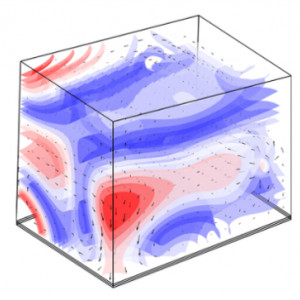 \
&
Contact us
\
&
Contact us
 \
&
Contact us
\
&
Contact us
Partnership website: https://www.brainhealth-partnership.eu/
This European Partnership will holistically approach the biomedical, economic, and societal challenges in the field of brain health in Europe and worldwide, aiming for collaborative and innovative solutions for preservation and improvement of brain health, as well as prevention, diagnosis and therapies for neurological and mental disorders. The overarching goal is to foster a European partnership to promote global brain health and enhance the well-being of individuals living with neurological and mental health conditions.
BrainHealth Coordination Office: brain-health@dlr.de
Partnerships group the EC and private and/or public partners, to coordinate and streamline the research & innovation initiatives and funding in some selected key domains.

sarah.stroobants@fwo.be

The Marie Skłodowska-Curie Action (MSCA) European Innovative Training Network “PBNv2 - Next generation Pass-By Noise approaches for new powertrain vehicles” started in May 2017. Their research has the shared objective of investigating the possibilities to decrease pass-by noise of vehicles.
The project is a collaboration between 17 research institutions and companies in the European automotive R&D and provides a learning environment for 14 PhD fellows. The Belgian partner is the Noise and Vibration Research Group of KU Leuven, and this project is one of the many Horizon 2020 MSCA Innovative Training Networks that the KU Leuven research group participates in.